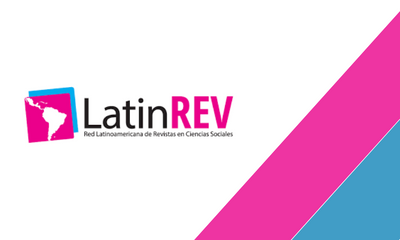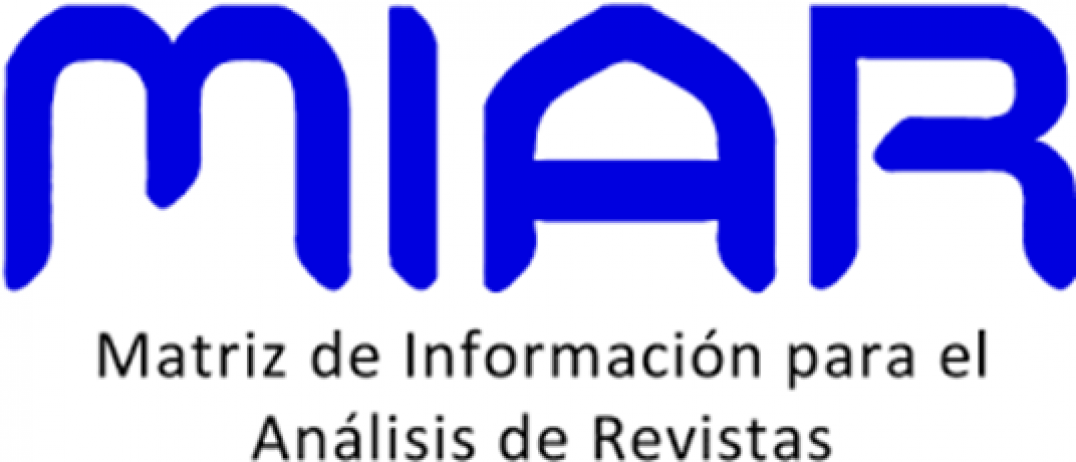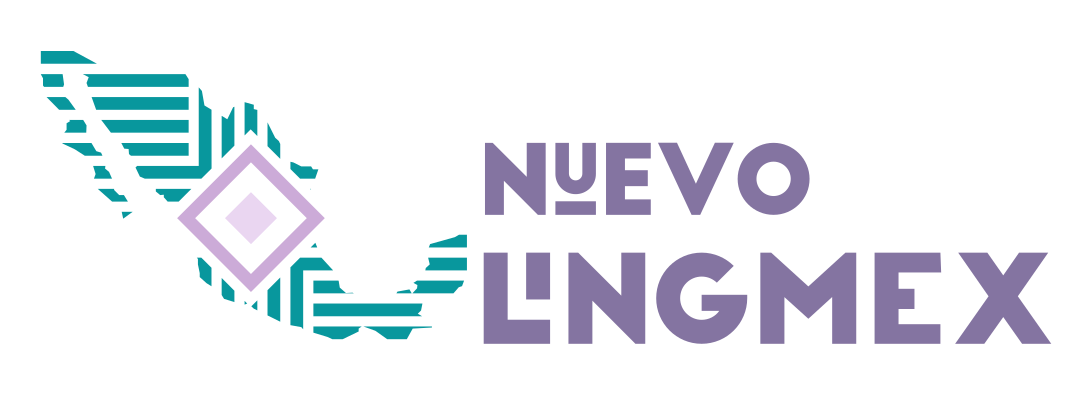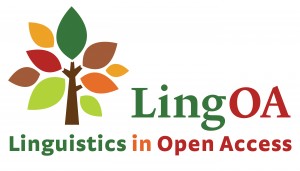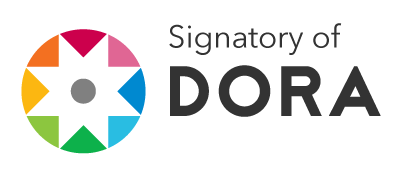Vorschläge zu Lernzielen und zur Evaluierung interkulturellen Lernens im Kontext DaF?
DOI:
https://doi.org/10.32870/vel.vi1.9Keywords:
cultural learning, intercultural learning, German as a foreign language, evaluationAbstract
In spite of a sizeable literature relating to the topic of intercultural learning, the profession still lacks agreement pertaining to the content objectives, teaching approaches, and forms of assessment that such learning entails in the context of foreign language teaching.
This contribution offers seven theses which invite agreement regarding the importance of intercultural learning as a formal part of language learning, and which point to the need for assessments of such learning. Five learning objectives are proposed which require students to document their observations of cultural products, practices and perspectives of both the home and target cultures, which require comparison, critical analyses, and provide insights into the complex nature of cross cultural phenomena. Cultural learning is seen as a learning process with cognitive, behavioral and affective components rather than learning a set of concrete facts.
The appendix to the paper offers an outline of a portfolio approach which can be used by teachers and learners to demonstrate that the learning objectives in the area of cross-cultural learning have been achieved.
Downloads
Metrics
References
Altmayer, C. (2004). ftultur als Hypertext. Zu Theorie und Praxis der ftulturwissenschaft im Fach Deutsch als Fremdsprache. München: Iudicium.
Bartz, W., & Vermette, R. (1996).„Testing cultural competence“.A. J. Singerman (Ed.), Acquiring cross-cultural competence: Four stages for students of French (S. 75-84). Lincolnwood, IL: National Textbook Co.
Bredella, L., & Delanoy, W. (Hrsg.) (1999). Interkultureller Fremdsprachenunterricht. Tübingen: Narr.
Brooks, N. (1968). „Teaching culture in the foreign language classroom“. Foreign Language Annals 1.3, S. 204 –
(Nachgedruckt in Heusinkveld, 1997, S. 11-37.)
Byram, M. (1997). Teaching and assessing intercultural communicative competence. Clevedon, UK: Multilingual Matters.
DeCapua, A., & Wintergerst, A. C. (2004). Crossing cultures in the language classroom. Ann Arbor: University of Michigan Press.
Goode, T., Sockalingam,S., Brown,M. & Jones, W. (28 October 2003). „A planner’s guide... infusing principles content and themes related to cultural and linguistic competence into meetings and conferences“. Washington, DC: Georgetown University Center for Child and Human Development, National Center for Cultural Competence. (www.georgetown.edu/research/gucdc/nccc/ncccplannersguide.html) (accessed October 2008)
Heusinkveld, P. R. (Ed.) (1997). Pathways to culture. Yarmouth, ME: Intercultural Press.
Kramsch, C. (1993). Context and culture in language teaching. Oxford, UK: Oxford University Press.
Lado, R. (1971). „How to compare two cultures”. Linguistics across cultures. Ann Arbor: University of Michigan Press. (nachgedruckt in Heusinkveld, 1997)
Lafayette, R. C., & Schulz, R. A. (1997). „Evaluating cultural learnings“. P. R. Heusinkveld (Ed.). Pathways to culture (S. 577 – 593).Yarmouth, ME: Intercultural Press.
Lampe, J. (2008). Paper presented at the Special Feature Session:Assessment challenges and solutions. American Council on the Teaching of Foreign Languages Annual Convention, Orlando, FL, November 22, 2008. Also available at www.nflc.org under “Culture Proficiency Guidelines.” (accessed 1/7/2009)
Lange, D. L. (2003). „Future directions for culture teaching and learning: Implications of the new culture standards and theoretical frameworks for curriculum assessment, instruction, and research”. D. L. Lange & R.
M. Paige (Eds.), Culture as the core: Perspectives on culture in second language learning (S. 337 – 354). Greenwich, CT: Information Age Publishing.
Moore, Z. T. (1997). „The portfolio and testing culture“. In P. R.Heusinkveld (Ed.) Pathways to culture (S. 617 644). Yarmouth, ME: Intercultural Press.
Nostrand, F. B., & Nostrand, H. L. (1970). „Testing understanding of the foreign culture“. H.N. Seelye (ed.). Perspectives for teachers of Latin American culture. Springfield, IL: Office of Public Instruction.
Paige, R. M., Jorstad, H. L, Siaya, L., Klein, F., & Colby, J. (2003). Culture as the core: Perspectives on culture in second language learning (S. 173-236). Greenwich, CT: Information Age Publishing.
Schulz, R. A. (2007). „The challenge of assessing cultural understanding in the context of foreign language instruction”. Foreign Language Annals 40,1, S. 9 – 26.
Seelye, H. N. (1993). Teaching culture: Strategies for intercultural communication, 3rd ed. Skokie, IL: National Textbook Co.
Standards for foreign language learning in the 21st century (1999). Yonkers: National Standards in Foreign Language Education Project.
Upshur, J. A. (1966). „Cross-cultural testing: What to test”. Language Learning 16, 3, S. 183-196.







